-

After several long days seeking out the best products on show at IFA's 1.6 million square foot display area, I returned home from Berlin both impressed and excited about the future of technology.
The sheer variety of high-end devices on show was mind-boggling: hoverboards, coffee makers, pet feeders, PCs, drones, cameras, sewing machines, connected fridges, headphones, thousands of TVs – picking just ten things wasn't easy. But in the end, it was these items that showed the kind of innovation, potential, cutting-edge tech, or "wow" factor that really made them stand out above the rest. Here are TechSpot's best picks from IFA 2016.
-

Lenovo Yoga Book
You can be forgiven for not getting excited at the prospect of a new 2-in-1 tablet, but Lenovo's Yoga Book truly offers a different and unique experience for an attractive price.
Rather than featuring physical keys, the Yoga Book's 'Halo' keyboard appears as outlines on its flat surface whenever you need it, making the whole thing feel more like two linked tablets. It may sound a bit off-putting, but I had no problems using it, and the haptic feedback worked well. Not only does the lack of a keyboard lighten the device, but it also allows you to use it as a graphics tablet.
With the keys turned off, the "Create Pad" feature can be activated. This captures whatever you draw on the pad (using the included stylus) directly onto the main screen. But the best part is the ability to add an ink cartridge to the "Real Pen," place some paper over the Create Pad, and have your doodles appear on the Yoga Book display, much like Wacom's Bamboo Spark.
There's also 4 GB of RAM, 64 GB of storage plus microSD expansion, an 8-megapixel rear and 2-megapixel front camera, plus internal LTE radios. The battery, an 8,500 mAh cell, is rated for up to 15 hours of usage. Best of all, the Android version is $499, and the Windows 10 option is $549.
-
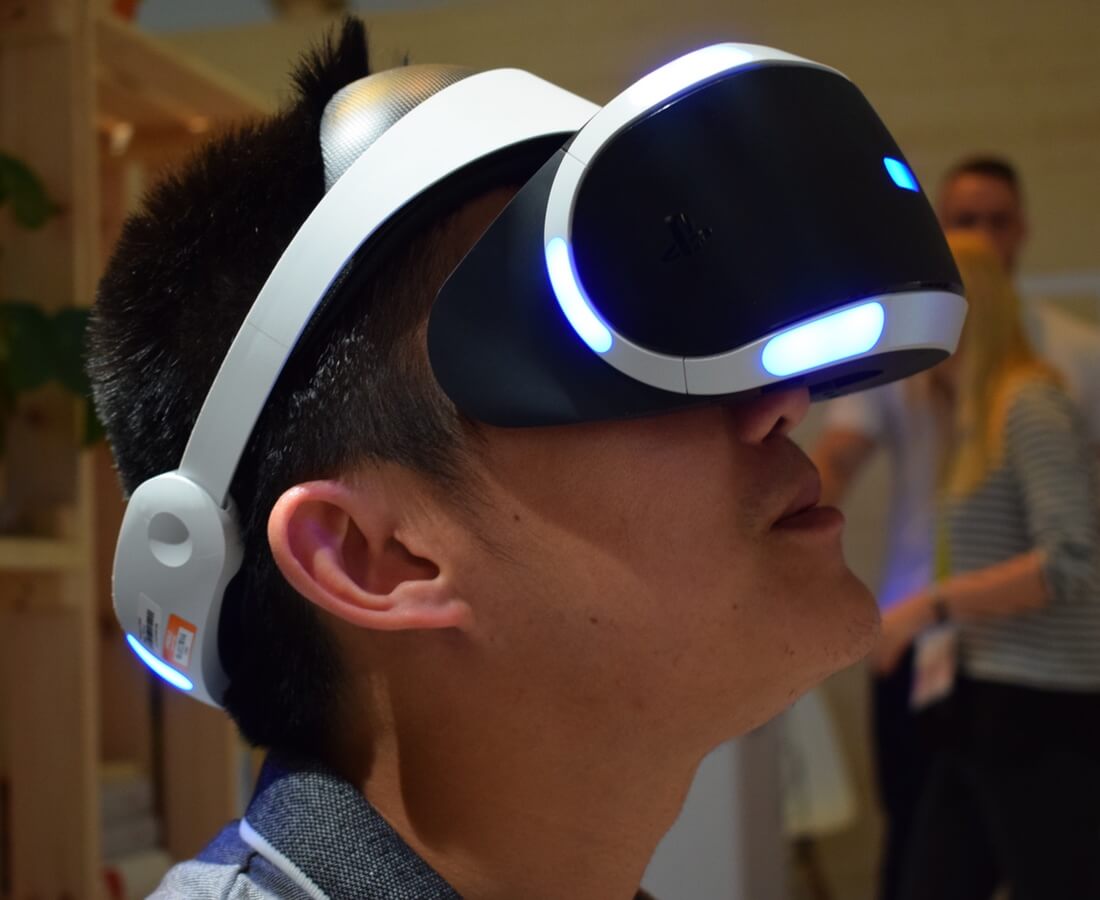
PlayStation VR
Determined to try out the PlayStation VR, I waited in line for a back-aching two hours before finally strapping on the surprisingly comfortable headset. My initial impressions were positive: it was highly responsive to head movements in all directions, I felt no motion sickness, and the visuals were impressive.
While it didn't have the same jaw-dropping wow factor I experienced the first time I tried the HTC Vive, it's worth remembering that Sony's device will be less than half the price of the current high-end headsets (in some locations), and it doesn't require a beefy PC.
One area that could prove to be its biggest selling point is the multiplayer element, mainly because it doesn't demand more than one headset. In the two reaction-based games I played against my opponents, one person wore the PS VR, while the other two used controllers. In both instances, the person wearing the headset was victorious - lag definitely isn't a problem.
Taking into account the 50 games that are said to be launching with the PlayStation VR, there's a good chance that it'll become the most successful virtual reality headset on the market.
-
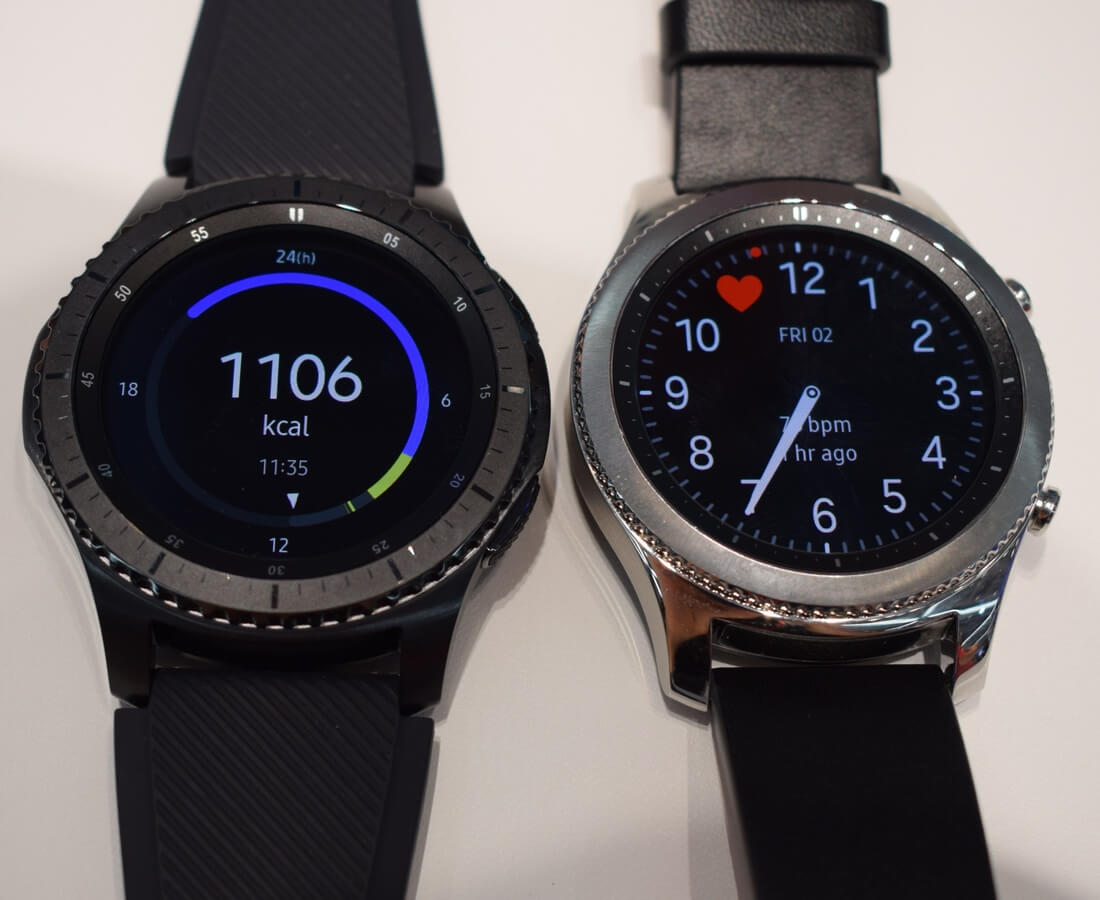
Samsung Gear S3
At a press event with more security than most international airports, Samsung revealed the next iteration of its smartwatch: The Gear S3. As a fan of large watches, I loved its 46mm diameter face and 12.9mm thickness, though the sheer size may mean it's not for everyone. As a side note, the S3 is not meant to replace the really good (and a tad slimmer) Gear S2.
There will be two Gear S3s to choose from: the stylish "classic" and the rugged "frontier." Both look great with their Super AMOLED (360 X 360) displays and beautiful designs. Yet despite their bulky appearances, I thought both devices felt light on my wrist.
A short battery life is often cited as people's main reason for not buying a smartwatch, but Samsung claims the S3's 380mAh battery can last up to four days. Combine this with GPS, LTE (in the Frontier), compatibility with Samsung Pay, and a dual-core Exynos processor, and you could have the device that re-ignites the smartwatch market.
-
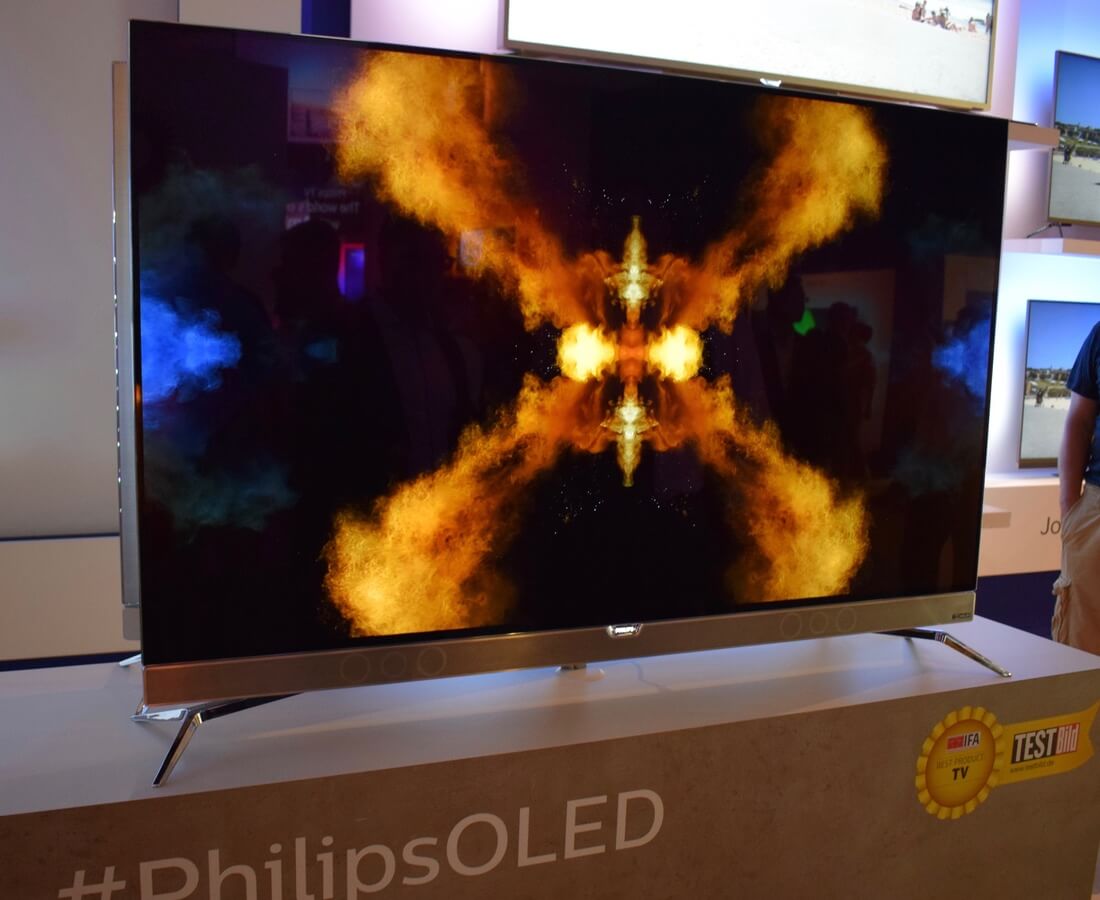
Philips OLED 901F TV
There must have been over 1,000 TVs at IFA, so picking a favorite was no easy task. Many of them were packing OLED technology, but ultimately the Philips 901F OLED TV rose to the top of the pile. This 55-incher comes with a load of high-end features, including 4K resolution and High Dynamic Range that produce an amazingly vibrant and colorful image.
But it's Philips' Ambilight system that puts the cream on the cake, firing light onto the wall behind the TV to immerse you in what's happening on the screen. I found it drew me in so much that when I finally looked away it was a bit disorienting, almost as if I'd been staring out of a window and had then suddenly appeared somewhere else. And yes, $4500 is a lot of money for a television, but it's at the lower end of the spectrum when it comes to OLED TVs.
-

Sony Concept Prototype T
It may still be at the prototype stage, but Sony's T concept from its Future Lab Program R&D initiative is a sight to behold. It's essentially a projector that can turn any surface into a touch-enabled interactive display, thanks to a combination of depth sensors and motion tracking tech.
In the demo I was shown, a physical copy of Alice in Wonderland was brought to life. Animated characters jumped out of Lewis Caroll's famous tale and onto the table, where they could be manipulated by hand.
I also got to try the finger tracking and object measuring functions, which could eventually be used by professionals such as architects. But the T's biggest potential is for education, where it could be one of those rare products that's able to both educated and entertain children.
-
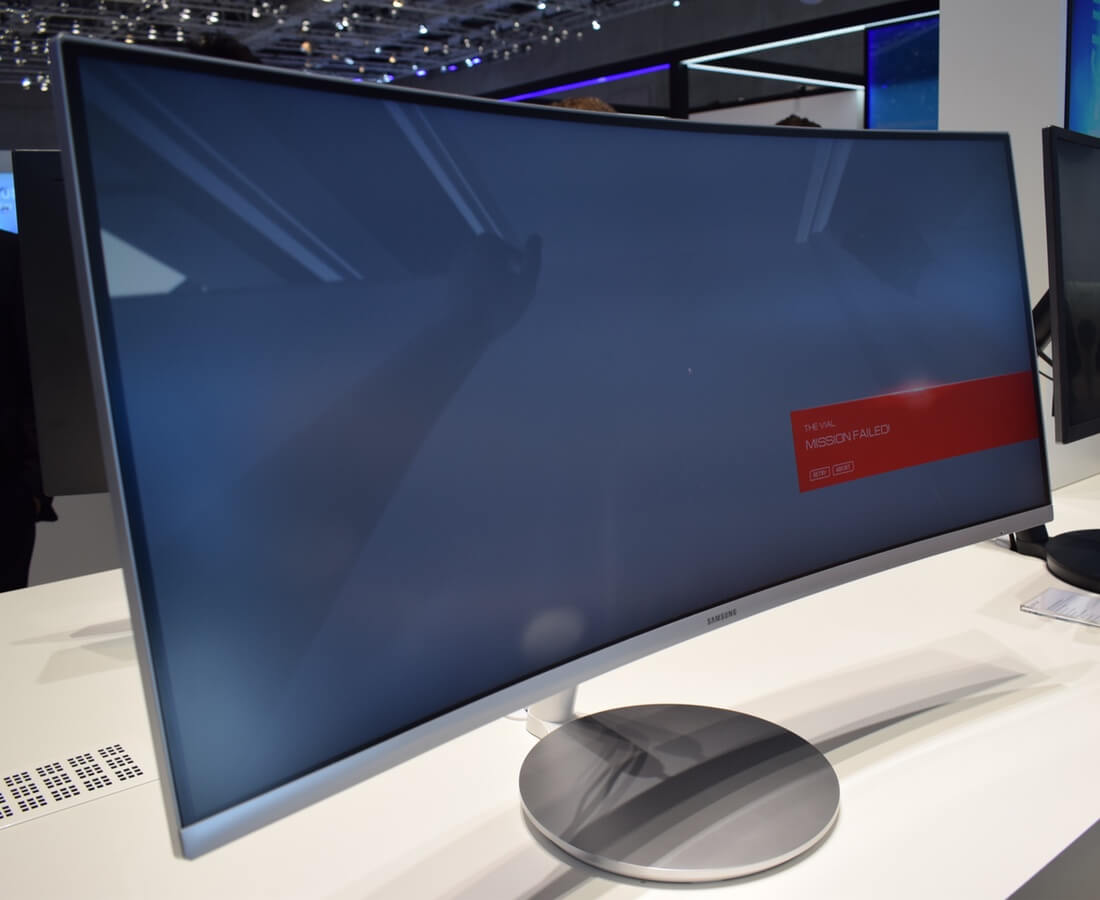
Samsung 34-inch Curved Quantum Dot Monitor
We had already talked about Samsung's 34-inch quantum dot monitor before IFA, but having seen it in person and spent half an hour playing Mirror's Edge, I can testify to its awesomeness.
The 100Hz refresh rate and FreeSync produce a super-slick experience, while that thin bezel and curved, ultrawide (21:9, 3440x1440) design drag you right into the action. I can imagine racing games and FPS's such as Doom being especially fun on this monster. But the best part was a Samsung rep telling me that G-Sync versions will definitely arrive at some point in the future.
-

Acer Predator 21 X Curved Gaming Laptop
You've probably heard about Acer's Predator 21 X curved gaming laptop. You've also probably heard about its size; but it's hard to appreciate just how terrifyingly beastly this 18Ibs, 21-inch-panel monster actually is - I let out a profanity when I first laid eyes on it.
It may be a "laptop," but having this on your lap would be akin to sitting with a small oven across your knees. So portability is not the 21 X's strong suit, but its curvy, dual GTX 1080-powered 2560x1080 G-Sync screen looks fantastic.
It also boasts a Kaby Lake processor, Cherry MX switches with RGB lighting, a trackpad that transforms into a number pad, Tobii's eye-tracking tech, a 4.2-channel audio system, and five system fans (three of which are AeroBlade metal models). Acer says the 21 X should be available early next year. No word yet on price, but expect it to cost a lot.
-

Qualcomm Snapdragon VR820
The all-in-one Snapdragon VR820 may be a reference headset, however it's bound to lead many others to use its design to create their own wireless VR devices with high-end features and at a reduced cost.
The VR820's 70Hz display is lower than the 90Hz Rift and Vive but better than the 60Hz found in the Gear VR. It's also got an AMOLED 1440 x 1440 display for each eye - an improvement over its competitors. In the two demos I tried - one set in a cave containing a dragon and another featuring an octopus - I found the six-axis motion tracking worked very well, especially considering that it uses no external sensors. Hopefully, the VR820 will lead to cheaper VR headsets that don't suck.
-
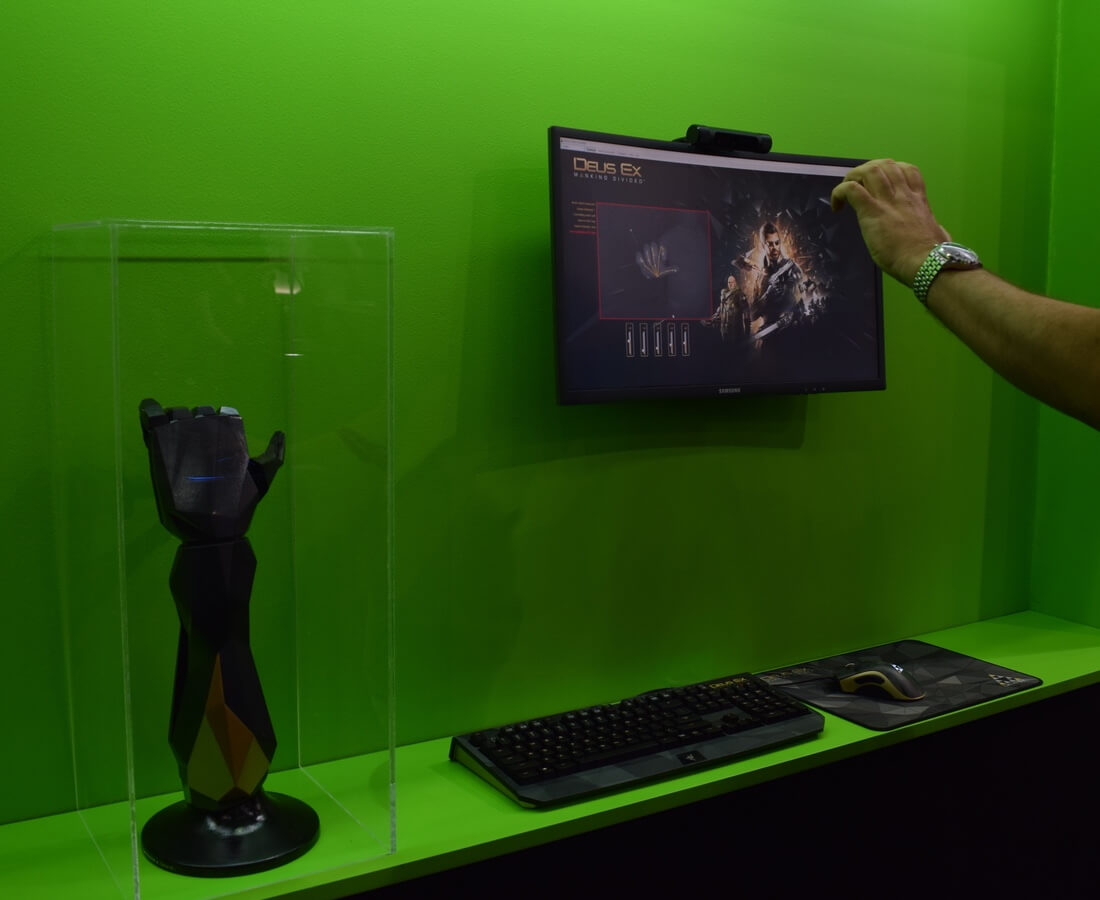
Razer Stargazer Webcam
You may think that a webcam marketed to streamers and YouTube users would be nothing to write home about, but Razer's Stargazer, which they call "the world's most advanced webcam," is pretty special.
Its 720p 60fps streaming capabilities and automatic noise canceling are excellent, but the incorporation of Intel's RealSense camera technology is what sets the Stargazer apart. It can dynamically remove and switch backgrounds without the need for green screens, 3D scan objects - such as faces - so they can be ported directly into game worlds, and even has gesture and facial recognition.
I was shown how the camera was able to recognize and track my hand movements, transferring the motion almost instantly to a nearby robotic arm. It was very impressive, and the Deus Ex theme was very apt. It's available to order now for $149.99
As a side note, we had already awarded Intel's RealSense technology back in January when we saw it showing at CES, but this is the same technology adopted and closer to retail.
-
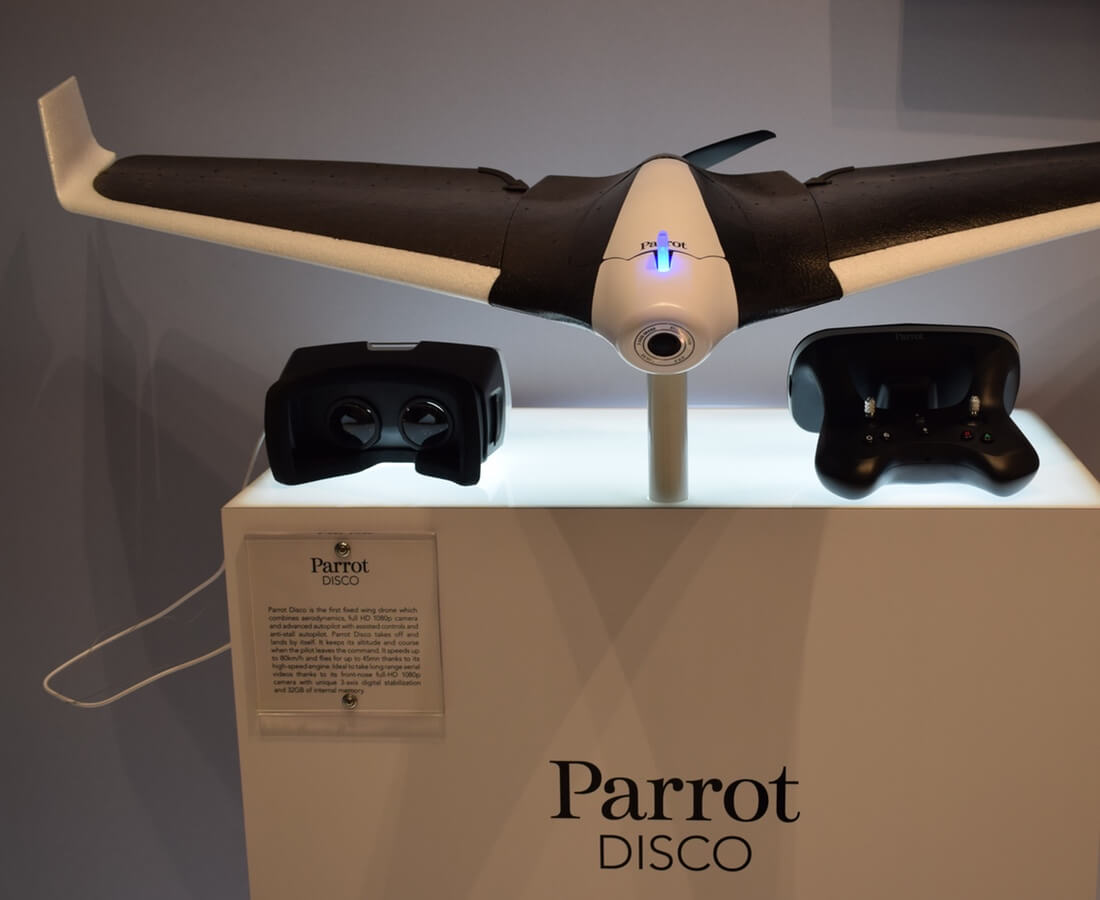
Parrot Disco Drone
Like TVs, there was an abundance of drones at IFA, but there was one that stood out from the crowd: Parrot's Disco Drone. Its CHUCK (control hub and universal computer kit) system means you throw the Disco into the air and it automatically climbs to 164 feet, where it will then circle until you take control - brilliant for newbie drone pilots.
The best part of the Disco is the included Parrot Cockpit glasses headset which, using a smartphone and the USB-connected controller, gives you a literal birds-eye view of your flying thanks to the drone's crisp 1080p front stabilized camera. I tried it with some pre-recorded footage, and it was spectacular. Again, though, high-end tech means high-end prices. In this case, it's $1300 for the full package.
